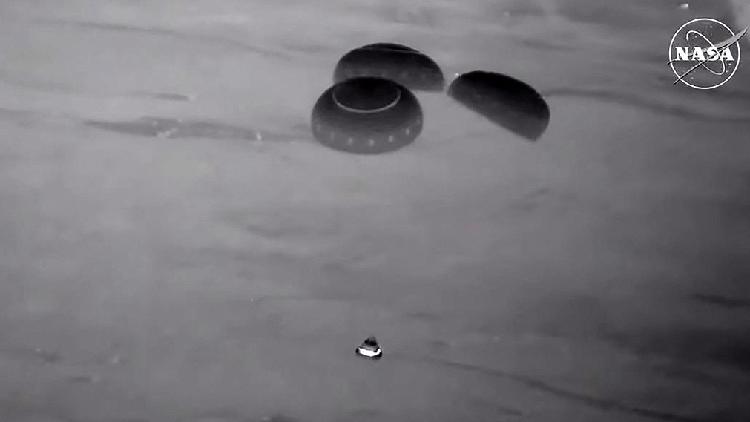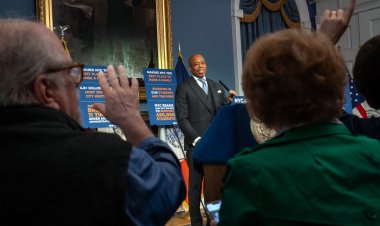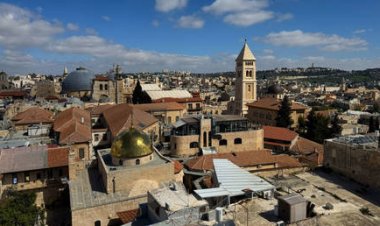Boeing's Starliner Spacecraft, Without Crew, Successfully Returns to Earth
Boeing's Starliner spacecraft made its landing in New Mexico early Saturday following a roughly six-hour trip from the International Space Station (ISS). The craft returned without any astronauts, as two crew members had to stay in space until next year due to a technical malfunction.

The uncrewed Starliner autonomously detached from the ISS around 6:04 p.m. Eastern Time on Friday and touched down at White Sands Space Harbor in New Mexico shortly after midnight Eastern Time on Saturday, marking the completion of its first human spaceflight mission.
NASA astronauts Butch Wilmore and Suni Williams had been aboard the Starliner when it was launched from Florida's Cape Canaveral Space Force Station on June 5, arriving at the ISS on June 6. During the Starliner's approach to the orbiting lab, issues were discovered, including helium leaks and problems with the spacecraft's reaction control thrusters.
Originally planned for an eight-day stay, the astronauts have now spent three months in orbit due to these technical complications. NASA ultimately decided that bringing them back via Starliner would be too risky. The current plan is for the astronauts to return on a SpaceX Dragon spacecraft in February 2025, while Starliner will return to Earth without crew.
The ISS, which is comparable in size to a football field and orbits about 402 kilometers above the Earth, currently hosts seven other astronauts who arrived on various other spacecraft, including a Russian Soyuz capsule. Wilmore and Williams are expected to continue conducting scientific experiments with their fellow crew members.
During the approach to the ISS in June, five of Starliner's 28 maneuvering thrusters failed while Wilmore and Williams were on board. Additionally, the propulsion system experienced several helium leaks critical for pressurizing the thrusters.
Despite successfully docking on June 6, these failures initiated an extensive investigation by Boeing with NASA's support, costing the company $125 million, bringing the total cost overruns for the Starliner program to just over $1.6 billion since 2016, according to an analysis of securities filings by Reuters.
Boeing's challenges with Starliner have persisted since the spacecraft's failed test flight to the ISS in 2019. A subsequent mission in 2022 saw relative success, though it did encounter some thruster malfunctions.
The ongoing issues with Starliner raise concerns about Boeing's future in the space sector, a field it historically dominated until SpaceX, led by Elon Musk, began providing more affordable launch options for satellites and astronauts, fundamentally changing NASA's collaboration with private companies.
After touchdown, Boeing plans to recover the Starliner capsule and investigate the reasons behind the thruster failures. The service module that housed the thrusters detached from the capsule as designed just before re-entering Earth's atmosphere. This service module burned up upon re-entry, meaning Boeing will depend on simulated tests to determine what went wrong with the thrusters during the mission.
Read more: Boeing's Starliner capsule leaves ISS for Earth without astronauts.
Sanya Singh contributed to this report for TROIB News
Discover more Science and Technology news updates in TROIB Sci-Tech











